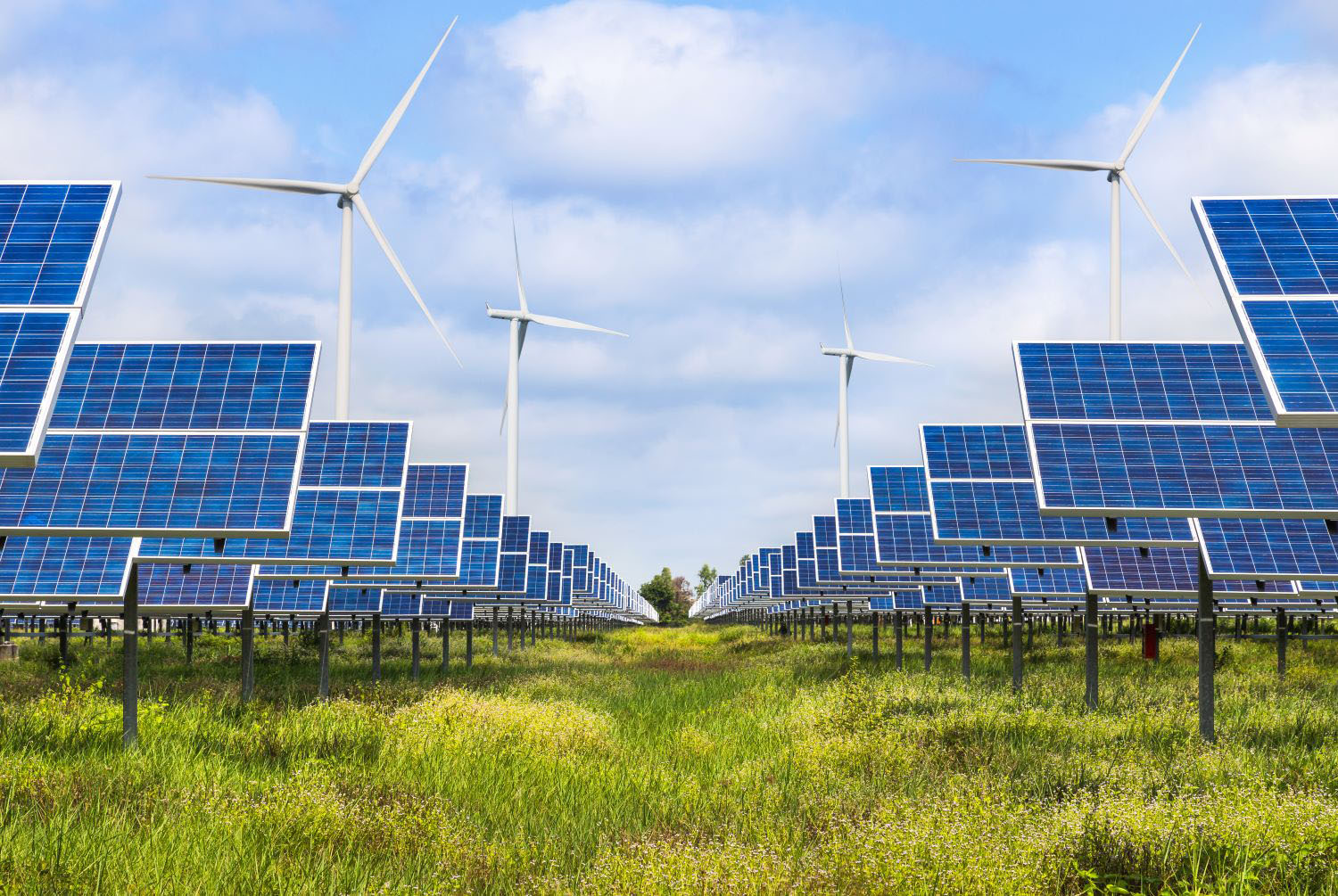Indonesia’s four-year-old moratorium on issuing new licenses to log and clear rainforest was extended for another two years on Wednesday by President Joko Widodo (“Jokowi”). This is good news for millions of Indonesians who rely on forest goods and services, as well as for everyone worldwide who depends on a safe and stable climate. The moratorium has likely lowered the country’s globally significant greenhouse gas emissions from deforestation by an estimated 1.0–2.5 percent over the last four years, according to a CGD-led study in the Proceedings of the National Academy of Sciences. And the longer the moratorium is in place, the more its climate benefit will compound.
But as I wrote in January, unless the moratorium policy is significantly strengthened, Indonesia is poised to fall far short of its national climate target of a 26–41 percent reduction in emissions by 2020. That’s because the new forest-clearing licenses that are the focus of the moratorium policy were responsible for only 15 percent of Indonesia’s emissions from deforestation from 2000–2010. The moratorium policy excludes the remaining 85 percent of emissions, most of which came from deforestation in areas with pre-existing licenses, or from unlicensed deforestation.
Fortunately, as my colleague Frances Seymour has noted, the Ministry of Environment and Forestry has stated that they are open to dialogue with civil society on ways to strengthen the moratorium. With that invitation on the table, here are a few ideas:
Expand. 85 percent of Indonesia’s emissions from deforestation from 2000–2010 were left out of the coverage of the moratorium, including deforestation outside of concessions and protected areas (59 percent of emissions), deforestation in concessions granted prior to 2000 (21 percent), deforestation of secondary forests within new concessions (4 percent), and deforestation in protected areas (2 percent). Indonesia simply can’t meet its climate targets without policies to address those emissions.
Enforce. Though its effect on emissions has likely been modest, the moratorium represented a political and symbolic sea change in how forests are treated in Indonesia. The moratorium created an opening for greater law enforcement and further reforms in the forest sector; what happens next is up to President Jokowi.
Price. A hypothetical carbon price of $3.30–19.45 per ton could have been as effective as the moratorium. One way to generate price incentives without having to build new institutions would be by including forest cover in the formula through which the national budget is distributed to local provinces and districts. Here Indonesia could study the example of India, which recently reformed its tax revenue transfer system in a way that provides a $6-billion-per-year incentive for states to protect and restore forests.
Publish. The precise amount of carbon kept out of the atmosphere by the moratorium is not as clear as it could be due to limitations of the available data. Researchers would benefit from more comprehensive and transparent data on the location and establishment dates of concessions being provided to public, as is being enabled through Indonesia’s One Map initiative.
Pay. While the success of the moratorium policy rests with Indonesia, developed countries can help Indonesia achieve its goals by putting more results-based finance on the table. Norway’s 2010 pledge of up to $1 billion in results-based finance for Indonesia has accelerated progress on addressing deforestation; Indonesia and Norway reiterated this partnership last month. Other rich countries should join Norway and Germany in scaling up their results-based payments for forests. Rich countries have committed to international results-based payments for reduced emission from tropical deforestation (REDD+), but funding to date for REDD+ has been too low and too slow.
President Jokowi’s extension of Indonesia’s moratorium is welcome news. As the Ministry of Environment and Forestry looks to strengthen the moratorium further, they can consider the 3 E’s (“extend, expand, enforce”) and 3 P’s (“price, publish, pay”) above. These measures can help ensure that Indonesia’s recent drop in deforestation is the start of a longer trend, that Indonesia meets its national climate targets, and that everyone can enjoy the benefits of a safe and stable climate.
CGD blog posts reflect the views of the authors, drawing on prior research and experience in their areas of expertise.
CGD is a nonpartisan, independent organization and does not take institutional positions.





